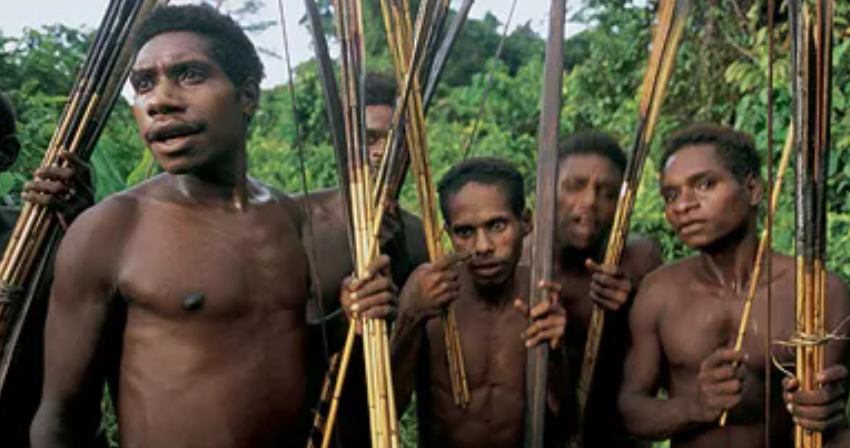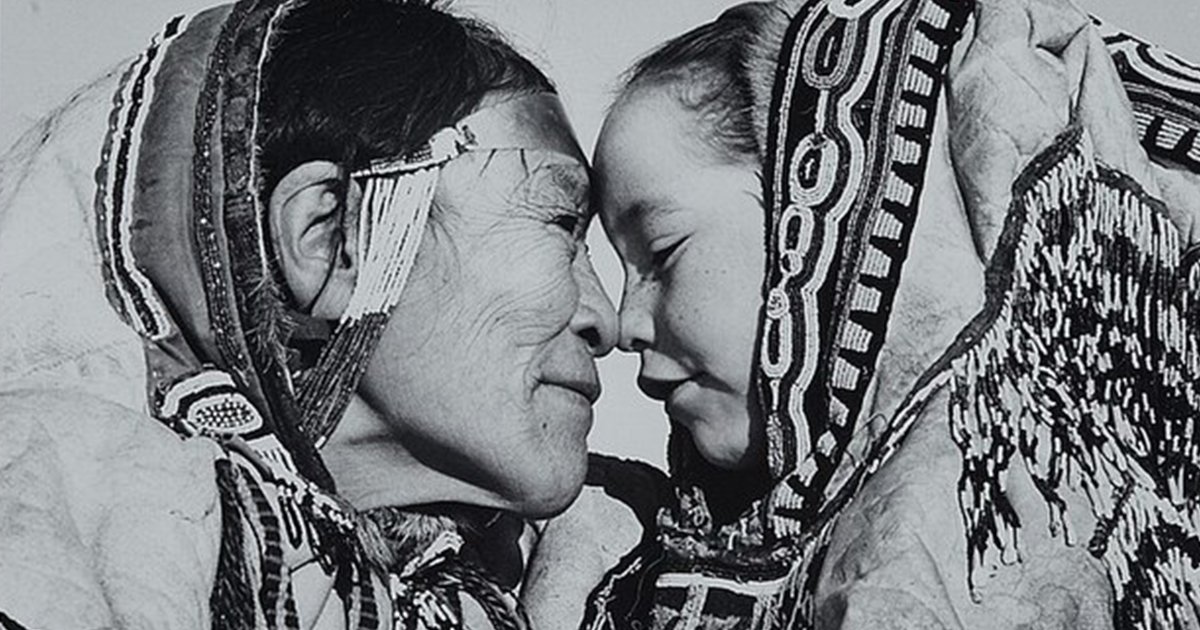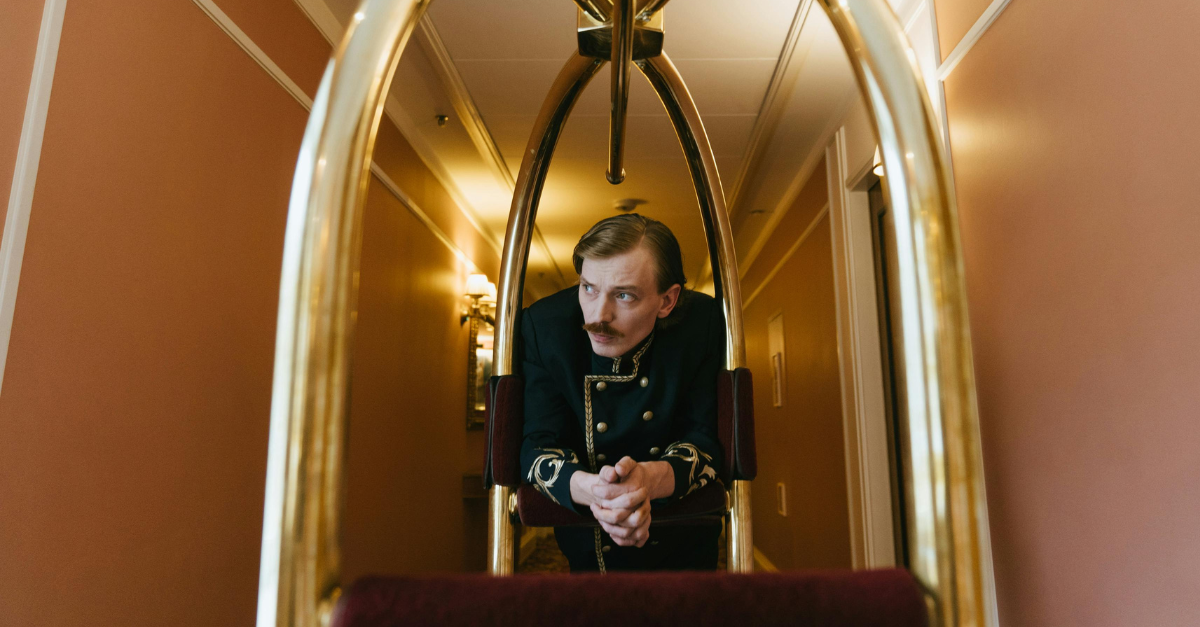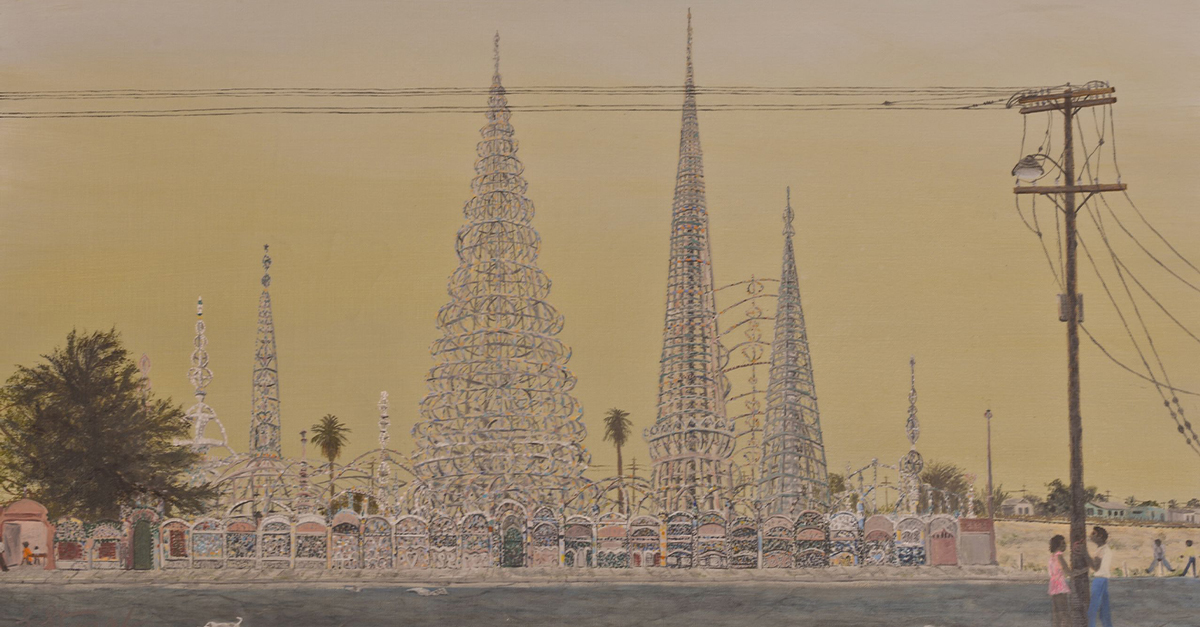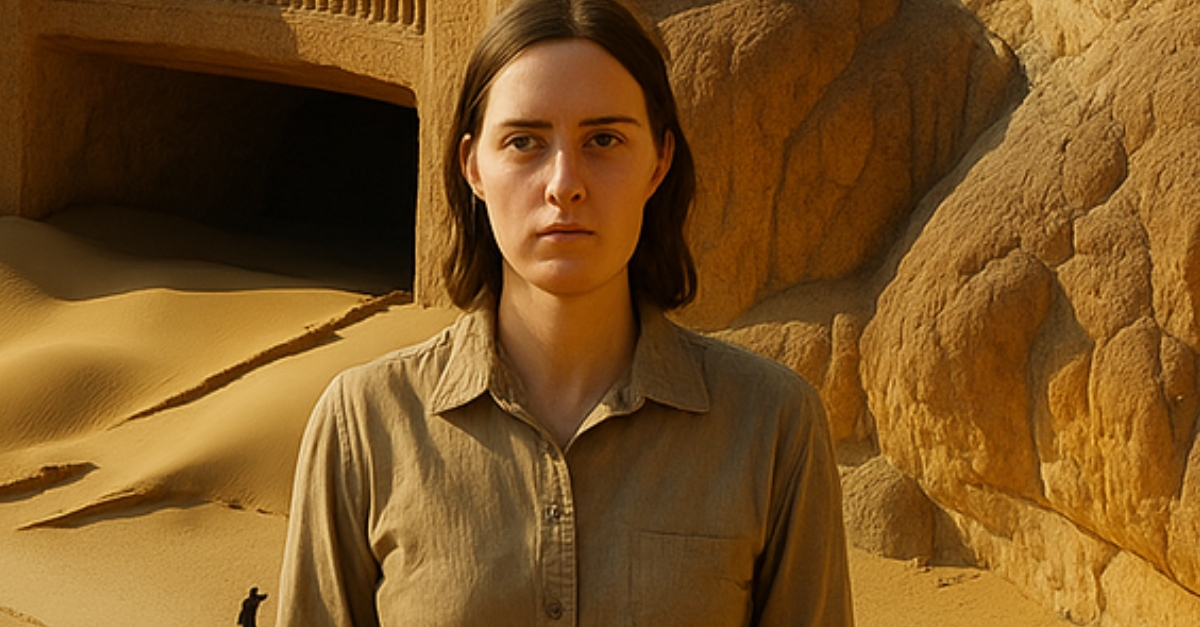The Korowai Tribe
The Korowai Tribe, a recently discovered tribe, lives deep in the remote rainforests of Papua, Indonesia. They are one of the last societies in the world to live almost completely isolated from the outside world. Up until the 1970s, there had been no previous recorded contact between them and the western world.
The tribe is known for two main things: living in treehouses and cannibalism.
Unlike other isolated tribes, the Korowai people prefer to live high above the ground surface, in straggly structures built from materials they find within the jungle.
And yes, they do eat people. But human meat isn’t typically on the menu. Their cannibalistic ways are reserved for specific instances only.
They have maintained a very unique cultural identity and remain closely tied to the dense jungles of Papua.
Let’s read on to find out more details about this intriguing tribe.
Where do they live?
 AdventureCarstensz, Authentic Indonesia
AdventureCarstensz, Authentic Indonesia
In the southeastern part of the Papua province of Indonesia lies a swampy, dense rainforest. This jungle is home to the Korowai tribe.
Their homeland is chosen because of its inaccessibility, with rivers and thick trees creating natural barriers. This isolation is crucial in preserving their traditional way of life.
What do they live in?
One of the most intriguing aspects of the Korowai culture is their tree houses.
Constructed out of materials sourced directly from the forest (bamboo, timber, palm leaves), they build them high in the sky—as high as 30 meters.
The houses are partitioned into two or three separate rooms. Each room has its own fireplace. Men and women live in separate areas of the house. Around 10-15 people typically live in one house.
Everything they need (food, supplies, firewood) is hauled up into the treehouse.
It takes several weeks to build one home. They build them entirely by hand, without the use of any modern tools (hammers, measuring tapes, or nails). Even so, these houses can apparently last for several years.
How big is their tribe?
 TravelPapua, Authentic Indonesia
TravelPapua, Authentic Indonesia
It’s difficult to determine exactly how large their population is, given their isolation and their nomadic lifestyle. Current estimates suggest that there are about 3,000 to 4,000 Korowai people.
What language do they speak?
The Korowai tribe have their own language, which belongs to the Papuan language group. Their language is a crucial element of their cultural identity.
Preserving their language is essential.
Why do they live in tree houses?
The Korowai tribe prefer to build their homes up high for several reasons.
The altitude offers protection from swarms of mosquitoes, risky encounters with snakes and other wildlife, as well as potential enemy attacks.
The most important reason though, is their deep-rooted belief in forest spirits that are said to wander the forest at night. This belief is taken rather seriously.
What are their cultural beliefs?
The Korowai people have an array of cultural practices and beliefs.
They believe in a form of animism, where spirits are believed to inhabit the natural world around them. Rituals and ceremonies are common in their daily life, ensuring a profound connection with the environment.
When it comes to death and the afterlife, the Korowai tribe believe in a reciprocal type of reincarnation. They believe that members who pass can be sent back to the land of the living, by their kinsmen in the afterlife, and be reincarnated in a newly born infant in their own clan.
What are their culture beliefs? Cont’d
 Jayapura, Indonesia, Wikimedia Commons
Jayapura, Indonesia, Wikimedia Commons
The tribe’s spiritual beliefs centers around the concept of “Khakhua”, malicious spirits thought to assume human forms and inflict harm upon the tribe.
The tribe engages in intricate rituals and practices to defend themselves against these sinister spirits.
In their view, any instance of illness or demise is usually caused by the Khakhua, and in some cases, the evil sorcerer of the spirits.
These spirits are thought to reside within the same forest as the Korowai. Specific parts of the jungle are then deemed forbidden by the tribe, in order to avoid encountering the spirits.
How do they settle conflict within the tribe?
Inter-group conflicts among the tribe were often sparked by issues like adultery, theft, taking someone’s life, or accusations of malevolent sorcery.
Consequences for these actions often included cannibalism. For anyone believed to be evil—or “Khakhua”—a ritual is performed during the process.
When someone was identified as a Khakhua, they would be executed. Their body parts would then be divided and consumed among tribal members.
Pregnant women and children were excluded from participating in the cannibalistic rituals.
What is marriage like within the tribe?
Korowai marriage is typically polygynous—the man can have multiple wives. However, bridal payments must be paid to the bride’s clan, which economically limits the number of wives a man can have.
If a Korowai woman’s husband passes, she is then married to one of her husband’s brothers.
The women are married off as soon as they are old enough—typically after their first menstrual cycle (usually between the ages of 10 and 15). Men are married around the age of 20.
Most times, Korowai people will marry outside of their clan, in an attempt to strengthen ties.
Divorce is not an option. Women are expected to live according to their husband’s expectations. Any marital disputes are resolved only by the husband and wife. Cases of adultery are typically resolved through an exchange of goods between the clans involved.
Most Korowai marriages are said to be peaceful.
What do they eat?
The Korowai are hunter-gatherers, and practice shifting cultivation. They rely on the forest for sustenance. They typically hunt various animals, such as pigs, cassowaries, and other small mammals. They also eat various insects and larvae.
Aside from hunting and fishing, they also cultivate crops, such as sago palm.
Although small pigs are sometimes hunted for food, they are usually kept as pets. Pigs and dogs are the only animals kept as pets.
Pigs, in particular, are highly valued within their social structure and are usually only slaughtered during rituals or special events. Dogs are mostly used for hunting and tracking game.
The tribe uses hand-made bows and arrows for hunting and fishing.
What is life like for them today?
The Korowai first came into contact with the outside world in the late 1970s. However, contact was extremely limited, so they lived virtually untouched by the outside world until the 1990s.
The Korowai people, once lived in complete isolation in the rainforest. However, they now find themselves at a crossroads between tradition and the encroaching modern world. It is said that some members of the tribe have joined nearby villages out of curiosity for the outside world. However, this is rare.
In most clans, the Korowai threaten to harm outsiders who enter their territory. Some clans are said to fear those with pale skin, as many Korowai have never laid eyes on a white person. They call outsiders laleo ("ghost-demons").
According to The Daily Telegraph, "Until the late 1970s, when anthropologists embarked on a study of the tribe, the Korowai were unaware of the existence of any peoples other than themselves".
Is their way of life at risk?
Despite having some contact with the outside world, the Korowai tribe’s core lifestyle remains largely traditional.
While they still uphold many of their traditional practices, they have gradually started accepting the influence of external contacts, specifically when it comes to metal tools, clothing, and even some processed foods.
However, the increasing contact with outsiders presents significant challenges, specifically threats of deforestation and mining to their homeland, as well as the danger of disease.
Final Thoughts
The Korowai tribe’s existence is a testament to the diversity and resilience of human cultures. Their way of life offers invaluable insights into a way of living that is harmonious with nature.






